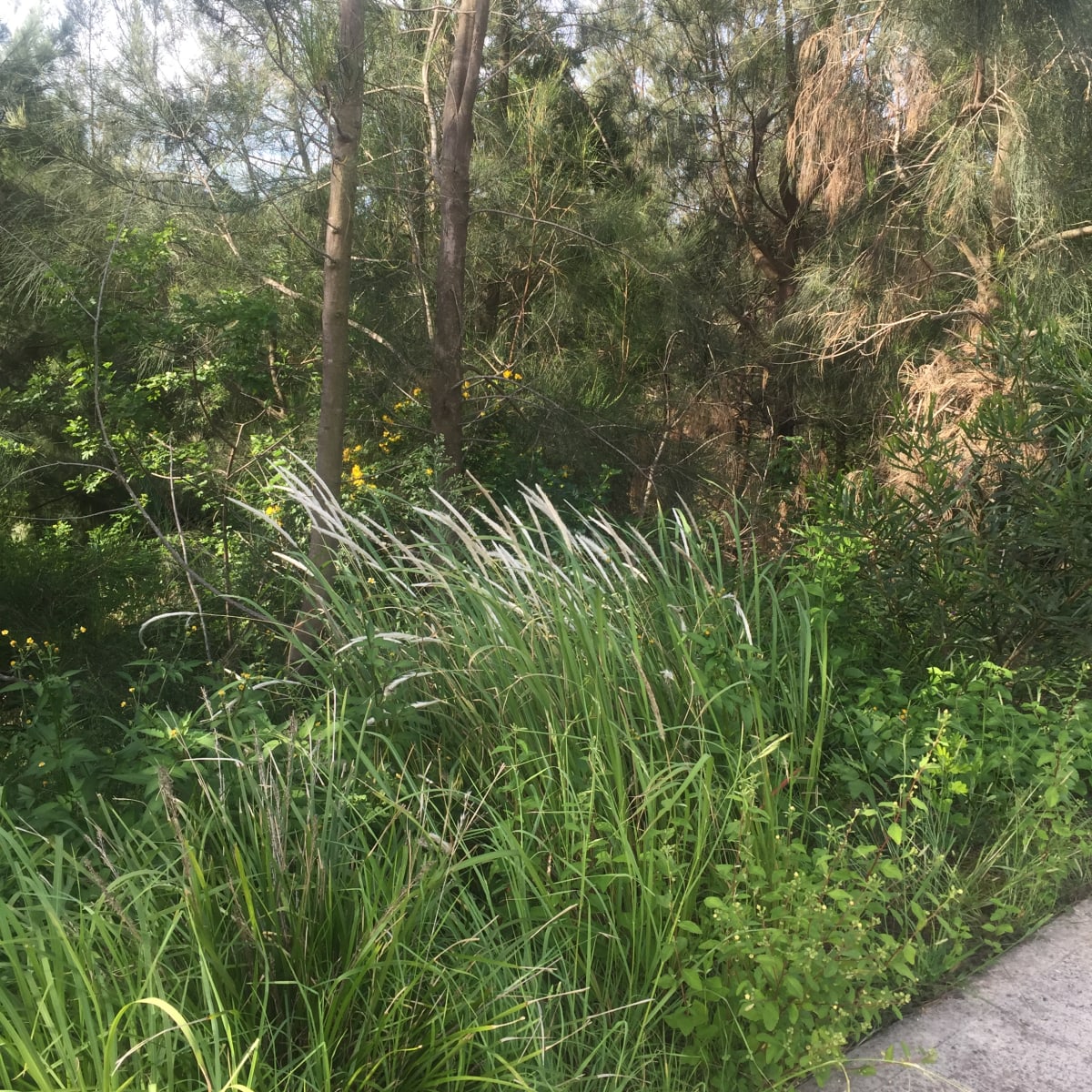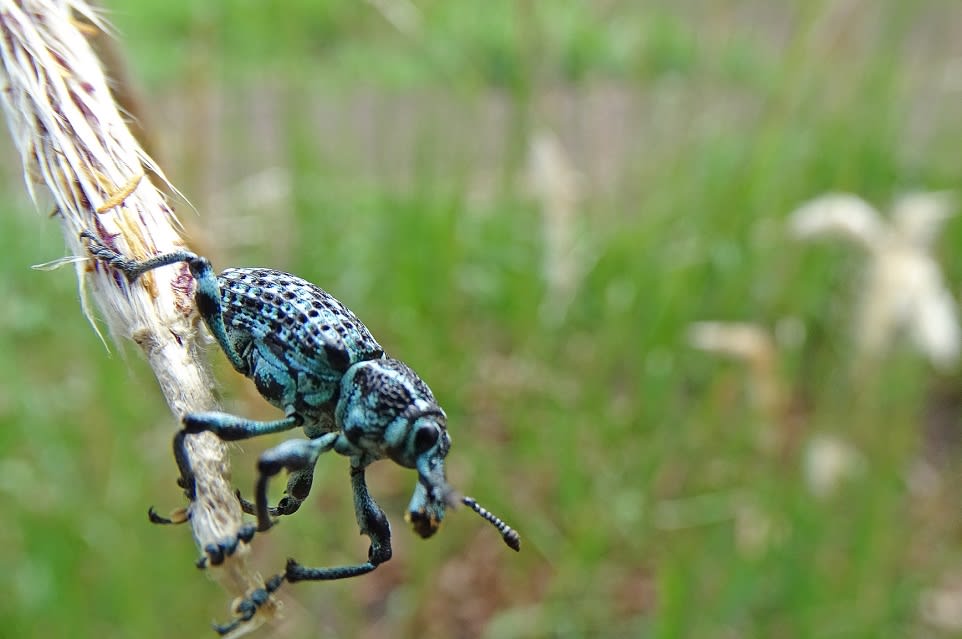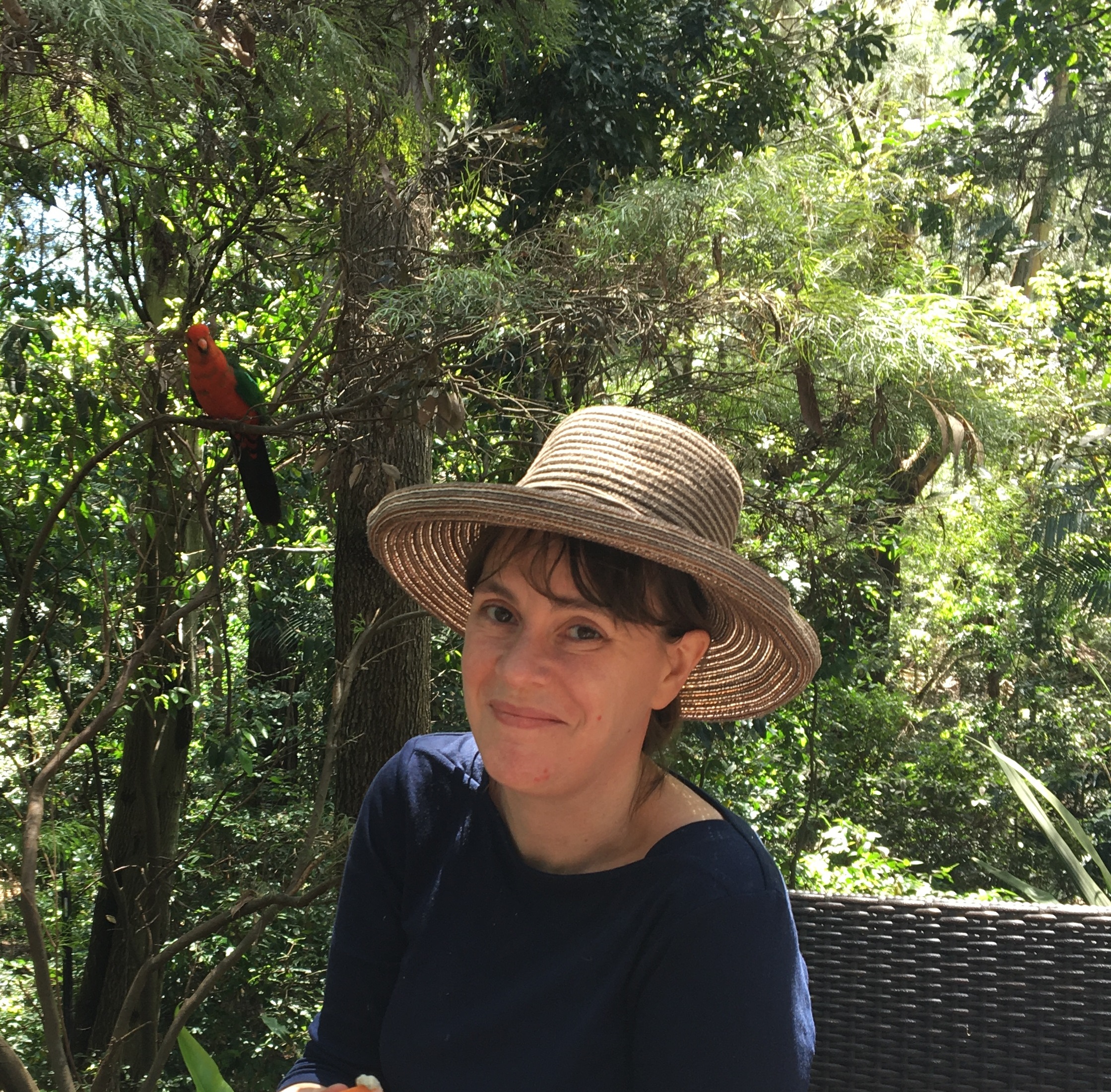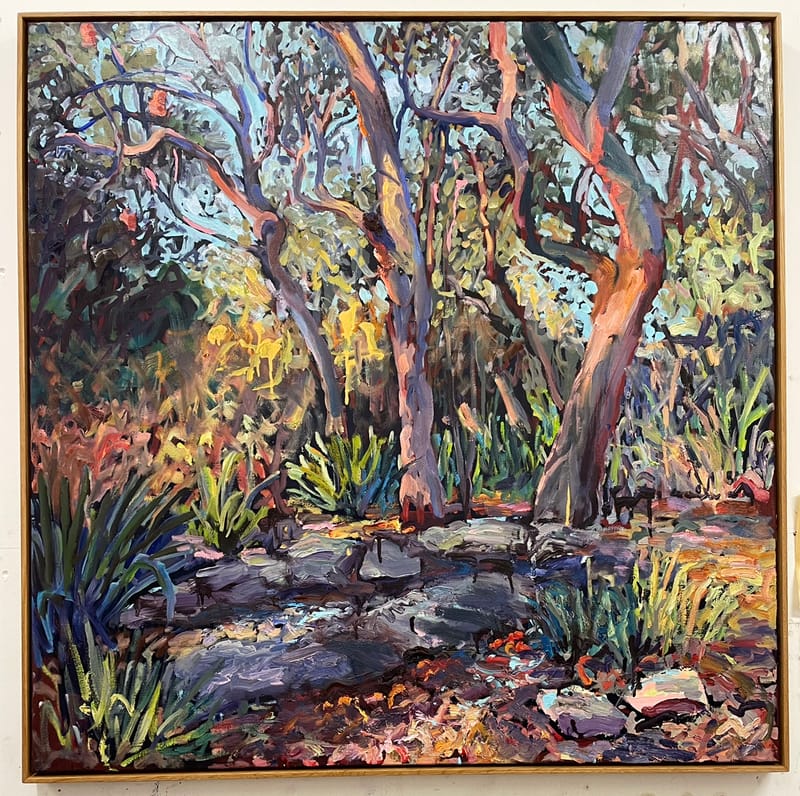A perennial perennial
It's been a good year for many Illawarra local native grasses. Years of above-average rainfall and temperatures mean they have been setting lots of seed, and also that new seedlings have survived at high rates in many areas. Most local grasses are...
It's been a good year for many Illawarra local native grasses.
Years of above-average rainfall and temperatures mean they have been setting lots of seed, and also that new seedlings have survived at high rates in many areas. Most local grasses are perennial, meaning they live for several years, and many spread via underground rhizomes (root-like stems), which can be extraordinarily tough and strong. This leads some species to flower and set fruit only irregularly.
A shame for those species where the flower and seed heads are one of the most attractive elements of the plant, like the beautiful Blady Grass (Imperata cylindrica). When not in flower, it presents as just a bunch of long green leaves, very stiff and almost spiky looking (though they aren't, in fact, spiky).
But this year has been a good one for the Blady Grass and I've been seeing it in flower and fruit all around the place, with its distinctive long, creamy, fluffy seed heads poking out above the foliage and looking particularly striking when there's a breeze.

This incredibly tough and durable grass is common around the place, and can be seen in eucalypt-dominated woodlands and forests and sometimes in regenerating grassy areas, usually in dappled sun or full sun.
Once established, it can be very dense and excludes most other grass and other understorey species, and its thick whitish rhizome can absolutely dominate in the soil. For that reason, it is rarely seen in gardens, but the gardens that do have it, well, they really have it, as it can create tall spreading drifts, topped in good seasons with dozens of those decorative plumy flower heads. If you have this Blady Grass growing near you now, chances are that you always will.
One particularly loveable feature of Blady Grass is its propensity to attract insects of various sorts. It is particularly popular with butterflies, but I've seen a few other species hanging around on the leaves or flowers.
This picture shows the inimitable Botany Bay Weevil (Chrysolopus spectabilis) wandering along a spent seed head, where it seems to have reached the end of the line. As Botany Bay Weevils prefer to feed on wattles (also known as Acacias), I imagine it was hoping to find its way into a wattle.

Emma Rooksby is the co-ordinator of the Growing Illawarra Natives website





